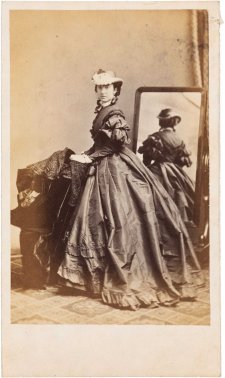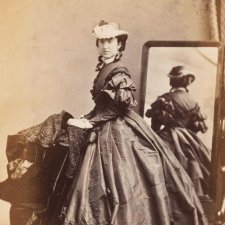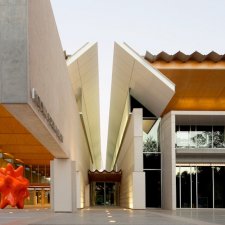- About us
- Support the Gallery
- Venue hire
- Publications
- Research library
- Organisation chart
- Employment
- Contact us
- Make a booking
- Onsite programs
- Online programs
- School visit information
- Learning resources
- Little Darlings
- Professional learning
Maria Windeyer (née Camfield, 1795–1878), landowner, emigrated to New South Wales in 1835 with her husband Richard, a barrister, and their infant son, William Charles. In 1838 Richard acquired land on the Hunter River at Raymond Terrace. The homestead they built there – Tomago House – was designed by Maria and became the centre of an extensive agricultural estate, its crops including tobacco, cotton and sugar cane. By 1842, Tomago had grown to almost 30,000 acres, thirty of which were dedicated to the vines from which they produced their first wine in 1845. Meanwhile, Richard’s debts had accumulated and when he died in 1847 Maria was left owing some £9000 on the property. Having managed the business side of Tomago since 1844, however, she refused to resign herself meekly to impecunious widowhood. With some assistance and through the part sale of Tomago, she retained the house and surrounding land. She later dismissed the superintendent and ran everything herself, doing her own housework to save money and earning an income through sales of beef, preserves and wine. She hired a German winemaker in 1849 and in 1855 one of her wines was awarded a certificate of merit at the Exposition Universelle in Paris. Partly because of his mother’s experiences, William Charles Windeyer (1834–1897) developed a particular interest in women’s rights and as NSW attorney-general was responsible for the introduction of the Married Women's Property Act in 1879.
Gift of J.B. Windeyer 2018
Jim Windeyer (16 portraits)



On one level The Companion talks about the most famous and frontline Australians, but on another it tells us about ourselves.



Drawn from the NPG’s burgeoning collection of cartes de visite, Carte-o-mania! celebrates the wit, style and substance of the pocket-sized portraits that were taken and collected like crazy in post-goldrush Australia.



Visit us, learn with us, support us or work with us! Here’s a range of information about planning your visit, our history and more!